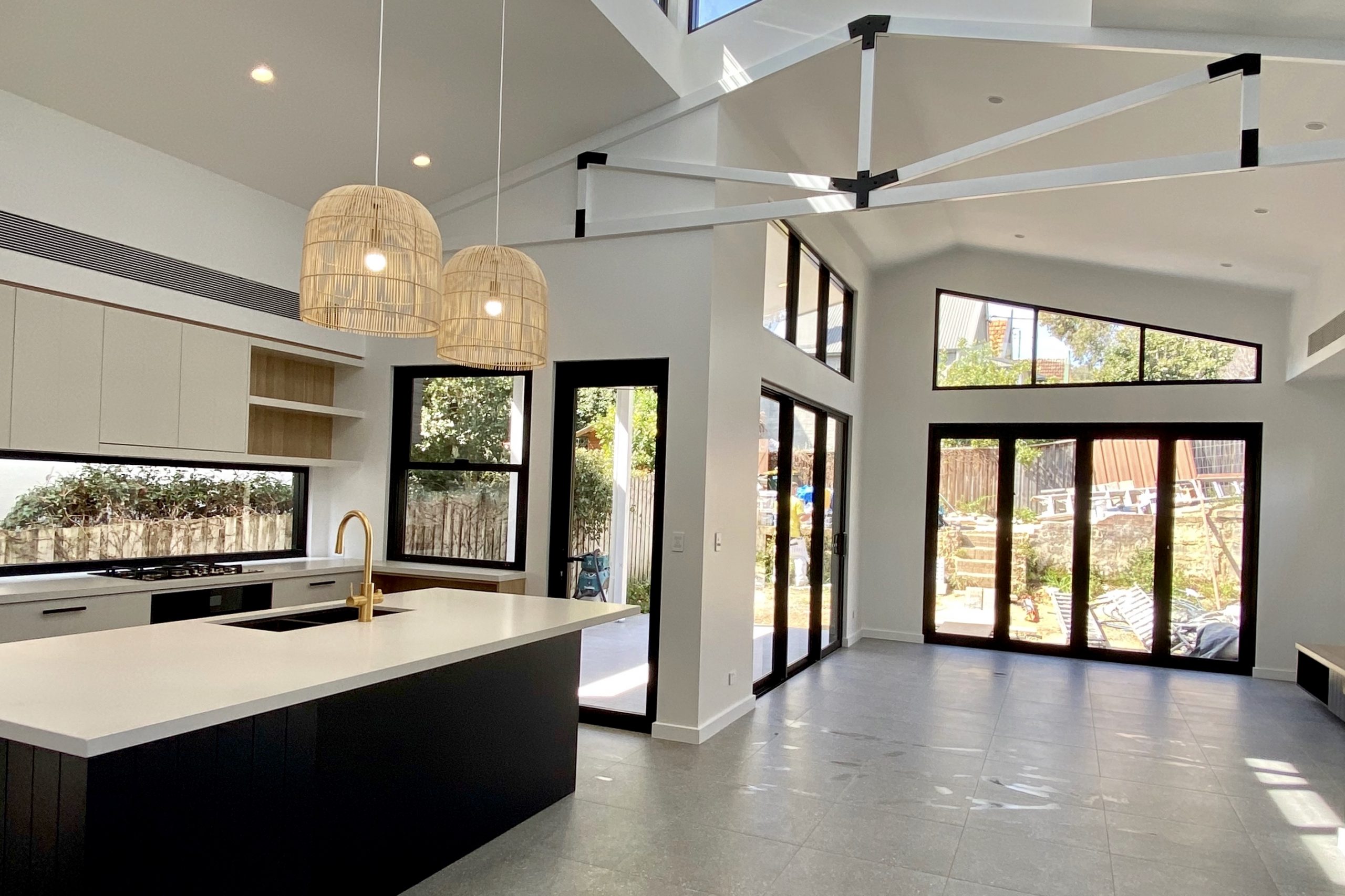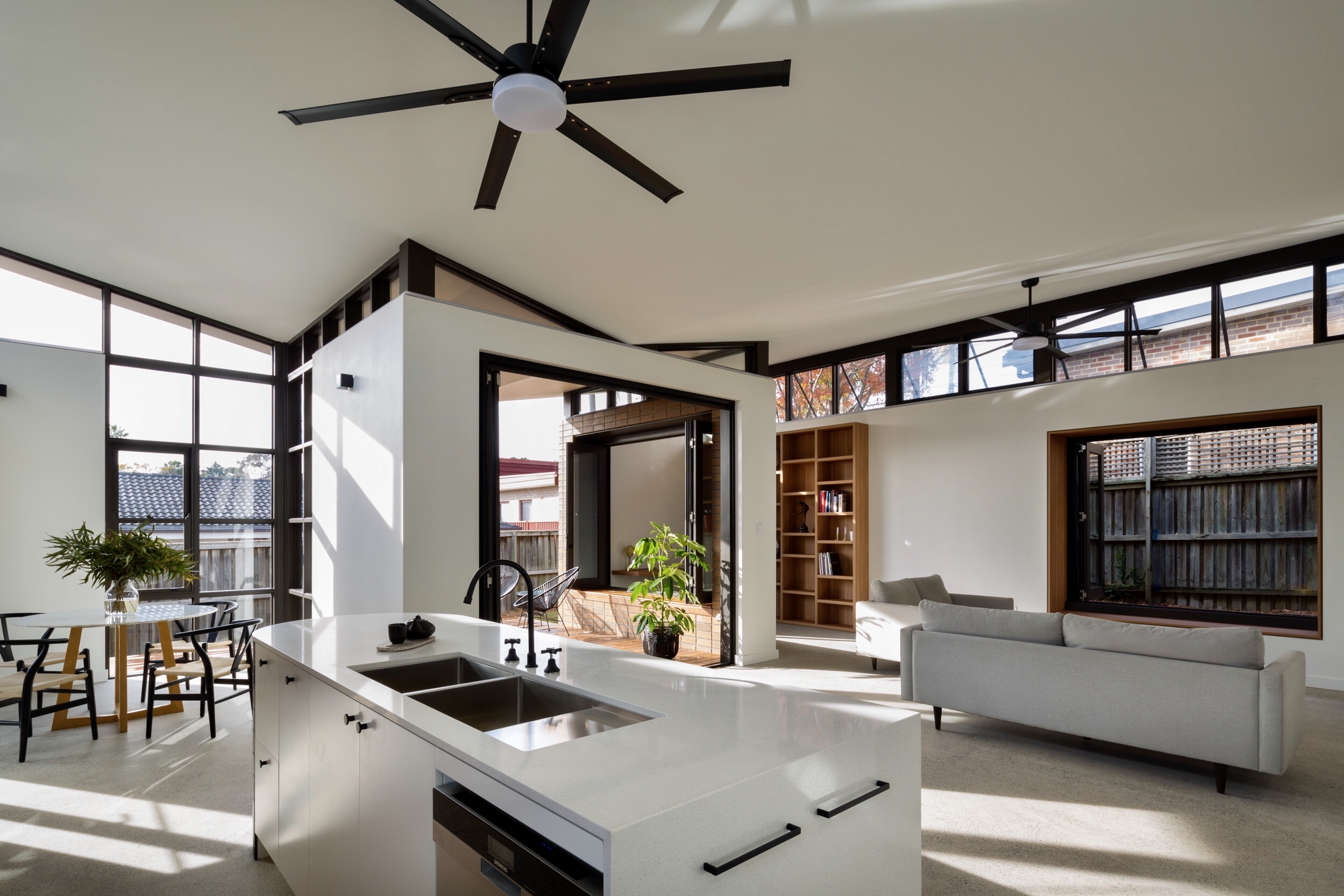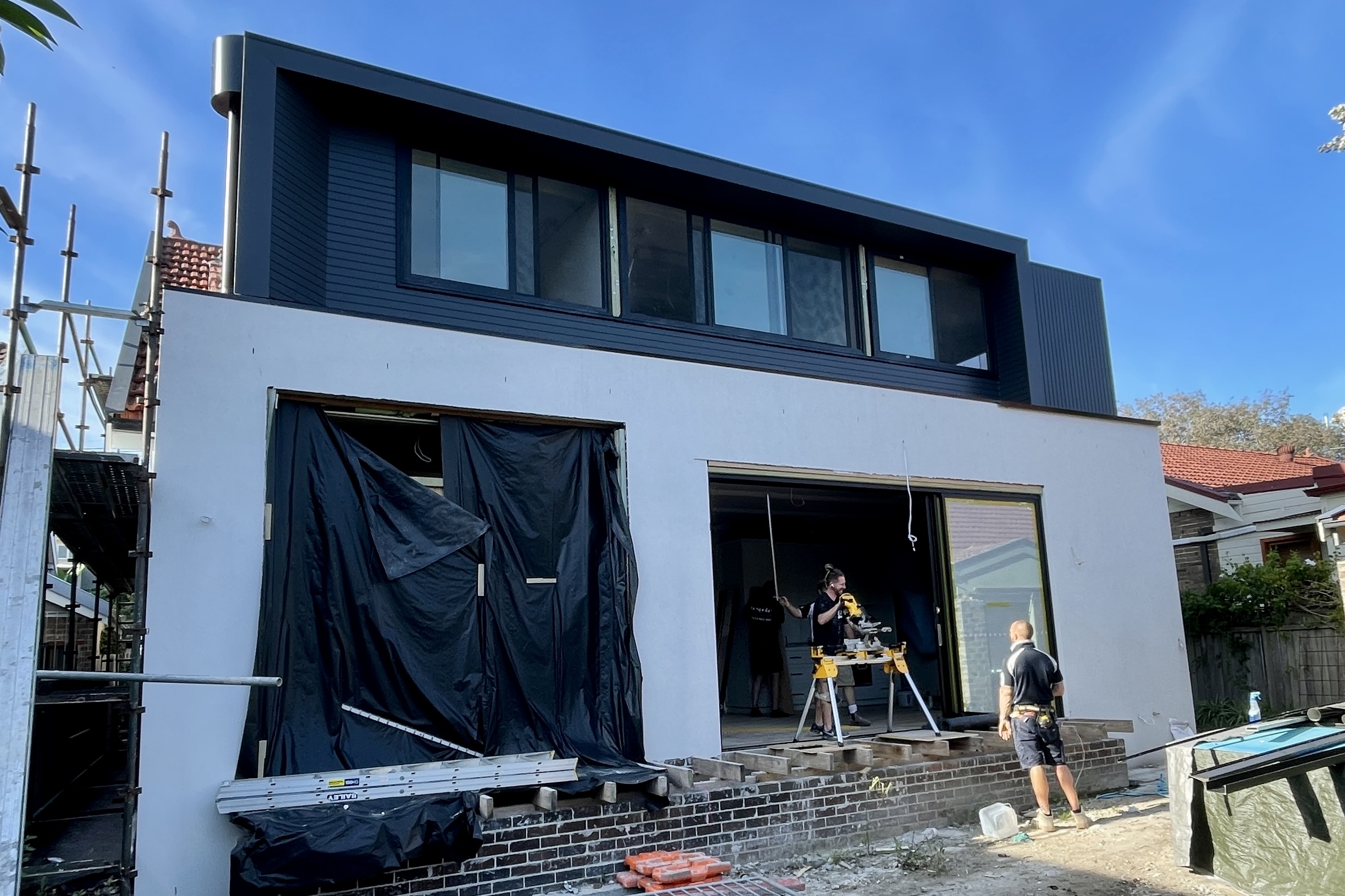Open Plan Rooms – Mistakes to Avoid!
15 September, 2020 | Mikala Chapman

Open plan spaces are without a doubt one of the most popular layouts in a home. Whether you are building a new home or renovating an older one, open plan is at the top of everyone’s wish list.
Whenever we look at renovating older homes, taking out walls is always part of the scope. With views throughout the entire space and no defined boarders and open plan room can be tricky to decorate and layout.
So, what are the common mistakes people make when planning an open-plan room?
The furniture is too large:
Furniture that is too large for the space can disrupt the sense of flow, make the area feel cramped and difficult to walk through.
Before you buy your furniture, map out how it will look in your room and make sure you leave enough space to move around freely. Furniture that is multifunctional can also be great if you are working within a small space, for example an ottoman that can be used as both a coffee table and a stool.
The Kitchen does not suit the rest of the space:
You will often see in open plan spaces that the kitchen does not work cohesively with the styling and architecture of the rest of the house, or more importantly the adjoining dining and living space.
If you have subtle muted colours throughout the living and dining area but your kitchen has a bright red splash back these two elements will have no styling relationship.
When choosing the pieces for your kitchen make sure you consider the architecture and style of the rest of your home. While choosing items such as colours, benchtop and splash back materials it is important to ask yourself if these design choices suit the style of your home and the aesthetic of the adjoining spaces.
Zone your open plan space:
When a space is open plan it is important to zone your areas. To be visually appealing, functional and to create warmth and open plan space should be zoned into individual separate spaces for cooking, dining and relaxing zones. Essentially the zones will act as individual rooms within one open space.
There are some simple ways to define the areas in an open plan room such as adding a large rug under the lounge or positioning the dining table or lounge across the room to split the zones. These individual zones need to have a level of design continuity, and the layout should consider the flow of movement around the home.
Choose a style and stick with it:
Décor and furniture that are mismatched can easily make a space feel busy, cluttered and will over complicate an open plan room. This can particularly be the case if the area you are working with is small.
Choosing a particular style does not mean you cannot play with tones, textures and style. Select materials and colours that speak to one another, we like the saying sisters not twins! Ensure your décor and design choices work together cohesively but without being too matchy-matchy as though they were purchased straight out of a catalogue.
Zone your lighting:
The importance of lighting is often overlooked and is not considered early enough in the design process. As a result, the functionality of your lighting can be misplaced and not used to its full potential. Creating a lighting plan for the individual areas in an open plan room can ensure that you have light where it is needed in a functional sense, such as over your dining table or desk.
Zoning your lighting is not just important for function, it also plays a huge part in setting ambience and mood in a room. Dimmers and zoned lighting are crucial to creating the right atmosphere in your room. Remember there are fewer walls in an open plan kitchen, living or dining room so you need to be more deliberate in your planning for elements such as electricals, lighting and tv connections. Think carefully about your furniture placement and make sure lighting is positioned where it needs to be, keeping in mind that lighting is not just about what goes on your ceiling but also wall lighting and lamps.
Latest From the Blog

What details are typically included in a set of residential architectural plans.
7 February, 2024
A typical file set of architectural plans for a residential building includes a variety of documents that provide comprehensive guidance…
Read More...
How to choose an Architect
13 November, 2023
Choosing an architect is a crucial step in the process of designing and building a home. Loving an architect’s work is…
Read More...
How much do home renovations increase home value?
22 August, 2023
The increase in your home value due to renovations can vary widely depending on several factors, including the type of…
Read More...